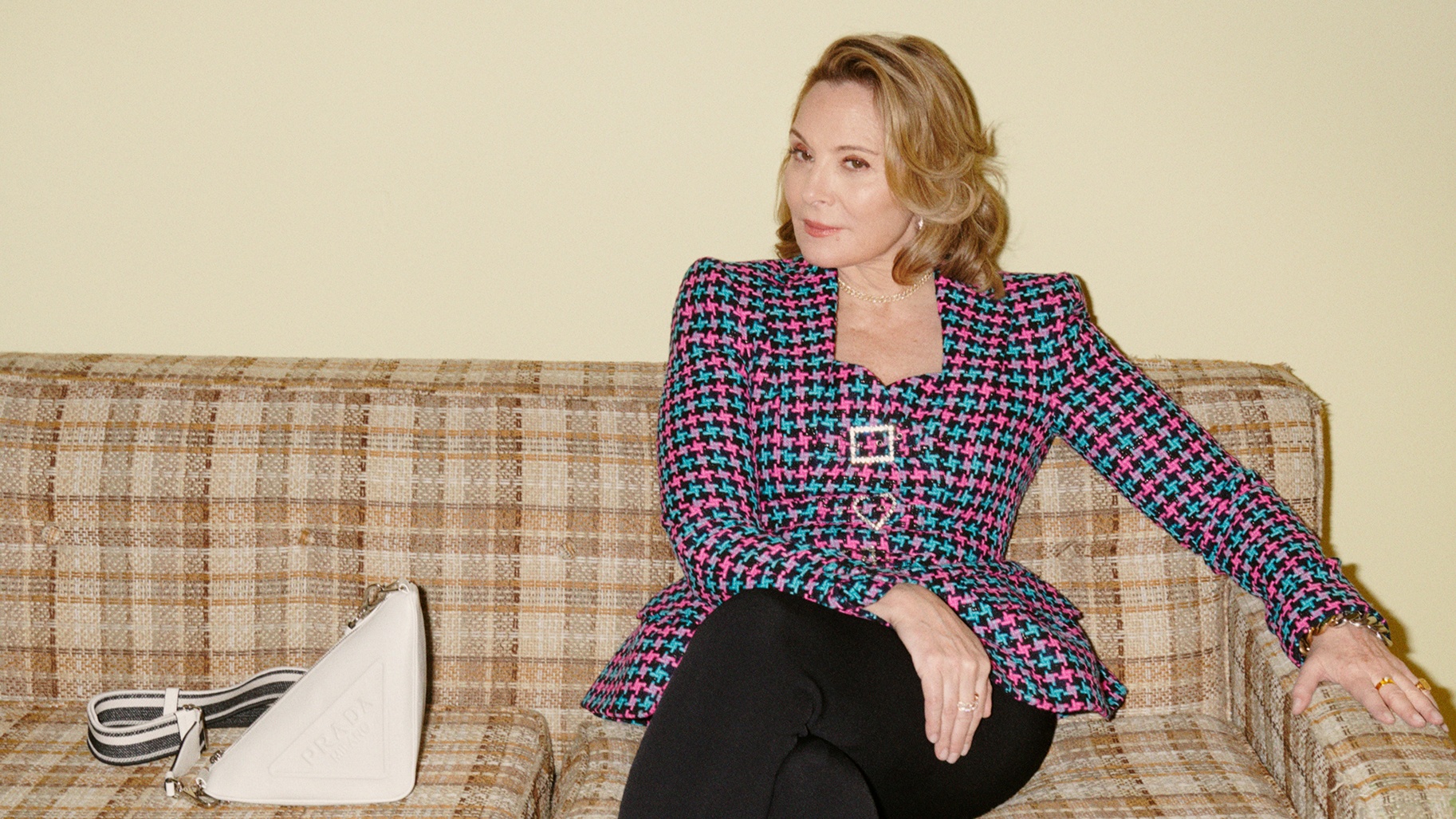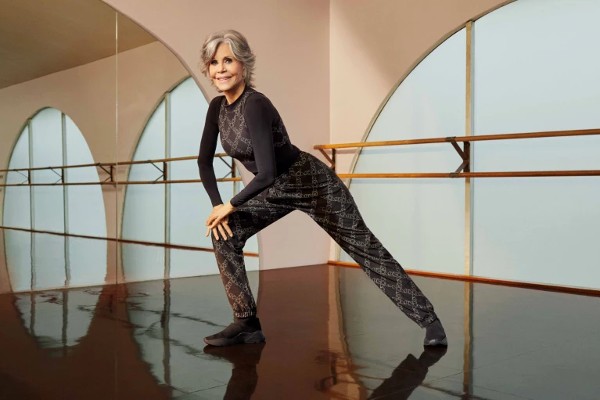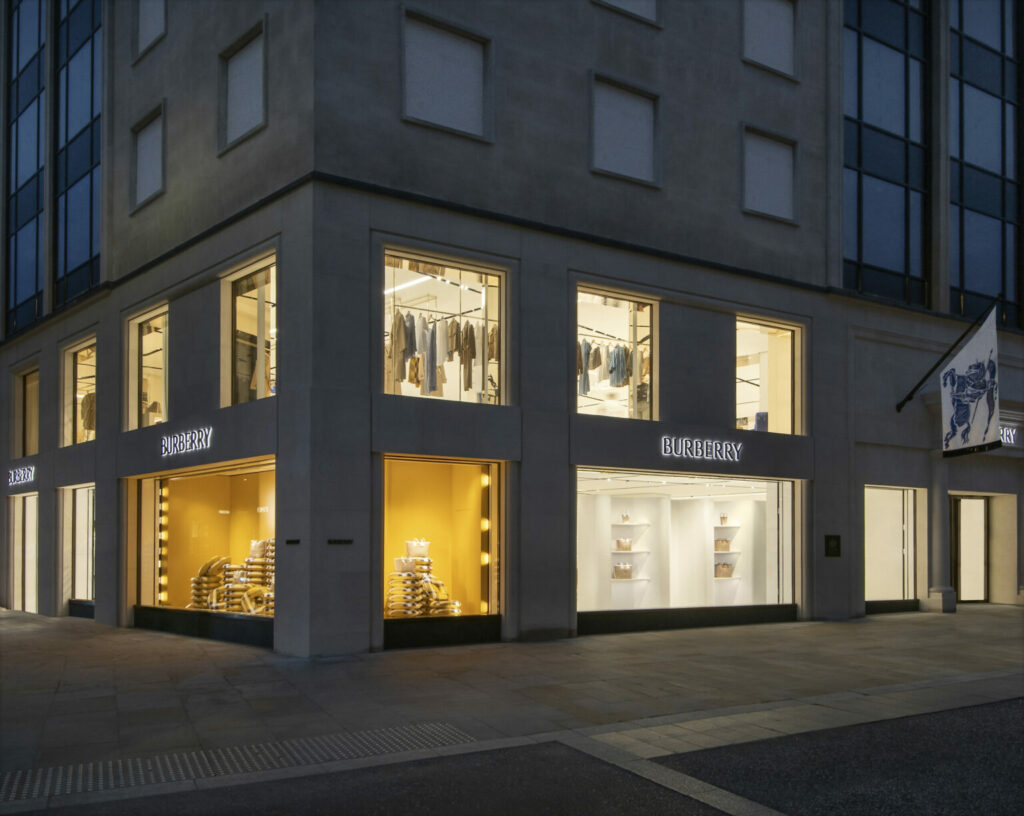There are brands aplenty that are focused on serving millennials and Gen Z shoppers.
But with inflation hitting a 40-year high and consumers feeling the pinch, should retailers be focusing on shoppers with more financial stability and security – the over 50s?
Kantar strategic insights director Andrew Saxton says this market is the biggest in terms of spend and it’s growing fast.
In fashion, the over 50s accounted for 45% of fashion spend last year and have spent 23.6% more in the year to date than last year.
Despite this huge spending power, this group of customers is all-too-often overlooked. “We know that the 55+ woman can often feel like she is completely misunderstood or even forgotten by today’s fashion brands,” says Joe Browns marketing director Tracey Hepton.
Statistics from Kantar back this up. The research firm has found that 60% of the top 20 retailers under-serve shoppers aged 50+ and it hasn’t gone unnoticed.
Just 35% of over 50s say they feel well-catered for in retail, according to Kantar’s inclusivity survey, which the firm’s strategic insights director Andrew Saxton says shows “there is a significant gap in the market”.
But retailers are waking up to this and are starting to actively target this group. Just last week H&M signed up 84 year old Oscar-winning actor and activist Jane Fonda to front its new “movewear” brand H&M Move, in a bid to make its workout clothes more accessible.
And at the beginning of the year Farfetch made ex-Sex and the City actress Kim Cattrall one of the faces of its #YourChoiceYourFarfetch spring 2022 campaign.
Missing the mark
However, many brands are failing to appeal to the over 50s.
Today’s 50+ shopper is much different to the generations that came before. Hitting 50 is no longer about winding down and thinking about retirement.
“Her mindset hasn’t changed at all,” says Hepton. “In fact, she is much more comfortable in her skin than she has ever been and feels as young and vibrant as ever. It’s just her age that has moved on and she doesn’t want to feel defined by a number.
“She feels that brands often use her age rather than her attitude to appeal to her, and therefore feels patronised by older brands claiming to cater to her needs.”
Hepton says at the other end of the spectrum, the 50+ customer is often alienated by mainstream brands so she gets get stuck in a “no-man’s land”.
She believes that this shopper is looking for brands that she can trust to help her “look stylish, feel confident and feel good when she steps out of the house”.

How the over 50s shop
“In terms of what they are buying, a significant proportion is spent on gifts, shopping for holidays and for clothing to relax around the house in, more than the rest of the market,” says Saxton.
“They are becoming more engaged with tablet and laptop shopping than the average buyer, creating plenty of opportunities to target them,” says Saxton.
The rise of the so-called silver surfer has undoubtedbly been propelled by the pandemic. With stores closed and concern over the spread of the virus rife, some older shoppers turned to online during lockdowns and have continued shopping that way.
To capitalise on this growing digital-savvy market, Hotter Shoes owner Unbound Group launched a multi-brand platform last month.

The marketplace offers a range of partner brands for its core 55+ customer demographic including Birkenstock, Geox, Hush Puppies, Rohan and Skechers and will expand into other categories such as clothing and wellness.
Unbound Group chief executive Ian Watson says: “We are leveraging our proven proposition to tap into the increasing number of 55+ consumers that are shopping online.
“Through our new platform, we are creating a group that understands, connects with and sells to our key target consumer on a broader and deeper basis.”
Watson explains that group uses its vast database of over 4.6 million people and its email database of close to 1.2 million people as a vital tool in targeting its shoppers
Hotter leverages this data to understand what their target customers do, where they shop and what their thought processes are, says Watson. This enables them to develop and curate a range.
In the future, Watson says the group will be able to “go down the road of personalising to people as we learn more about the individual consumer”.
Joe Browns’ catalogue “is and always has been at the core of our success as a business”, says Hepton, supported by a “robust digital strategy as this customer becomes more and more online savvy”.
This increasingly digitally-empowered customer is also seeking new ways to shop. Social media is increasingly important for the older shopper. In fact, men aged 55 to 64 was Instagram’s fastest-growing audience last year, with numbers up 63.6%, according to Hootsuite.
Smart retailers are using social media as a way to target the older audience. Marks & Spencer has even launched M&S Live, a live stream that customers can watch and interact with, view product demonstrations and buy products.
Channels aside, it is important for retailers get there messaging right to appeal to shoppers that are still as interested in style as ever.
Hepton explains that at Joe Browns they “put a great deal of emphasis on individuality”.
“It’s not really an age thing – but the 55+ audience love what we have to offer as well as our outlook on life. It’s all about the styling of each garment,” she says.
Hepton says the 55+ year old consumer today is “much more confident in her style choices” and can in turn, work out how Joe Browns can work with her wardrobe.
The impact of the cost-of-living crisis
It’s presumptuous to assume that older shoppers haven’t been impacted by the cost-of-living crisis.
Data from the Office of National Statistics (ONS) points to the over 50s returning to work post-retirement as the cost-of-living crisis rages on.
There are now more people aged 50 and older in work or looking for work than since just before the pandemic with an increase of 116,000 in the past year.
However, Saxton says more over 50s say they are comfortable in managing their finances than from any other age group.
He adds that 19% of over 50’s class themselves as struggling financially at the moment, compared to 21% for the under 50s, so there could be greater levels of disposable incomes available.
Hepton acknowledges that trading will be tougher over the next few months though she says “the slightly older audience is perhaps better placed to tackle things”.
With inflation set to soar even higher over the next year, mainstream retailers would be wise to follow in the footsteps of H&M and Farfetch and not overlook a vast and more financially stable group of shoppers.
Click here to sign up to Retail Gazette‘s free daily email newsletter

















